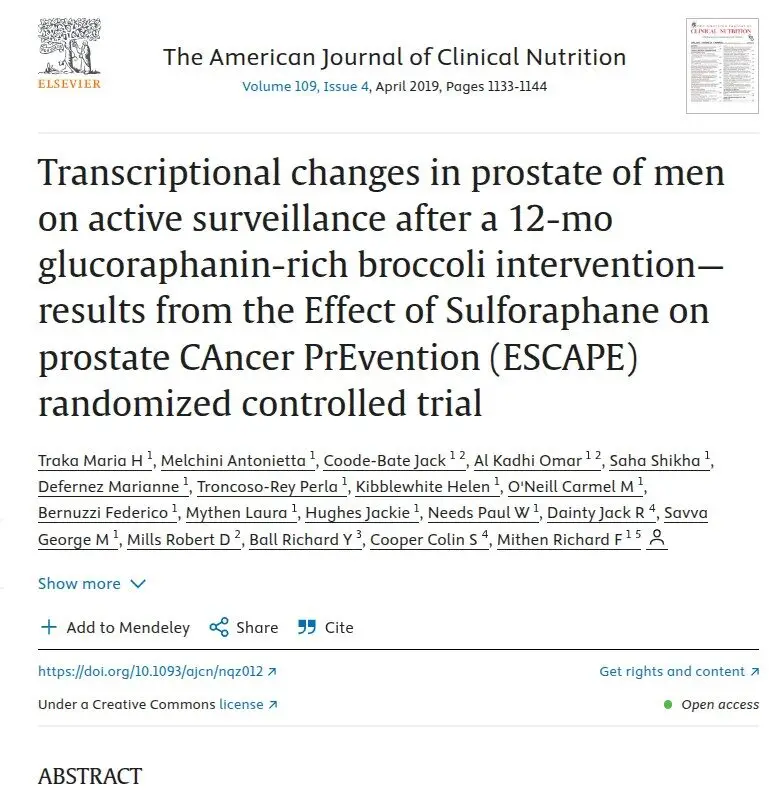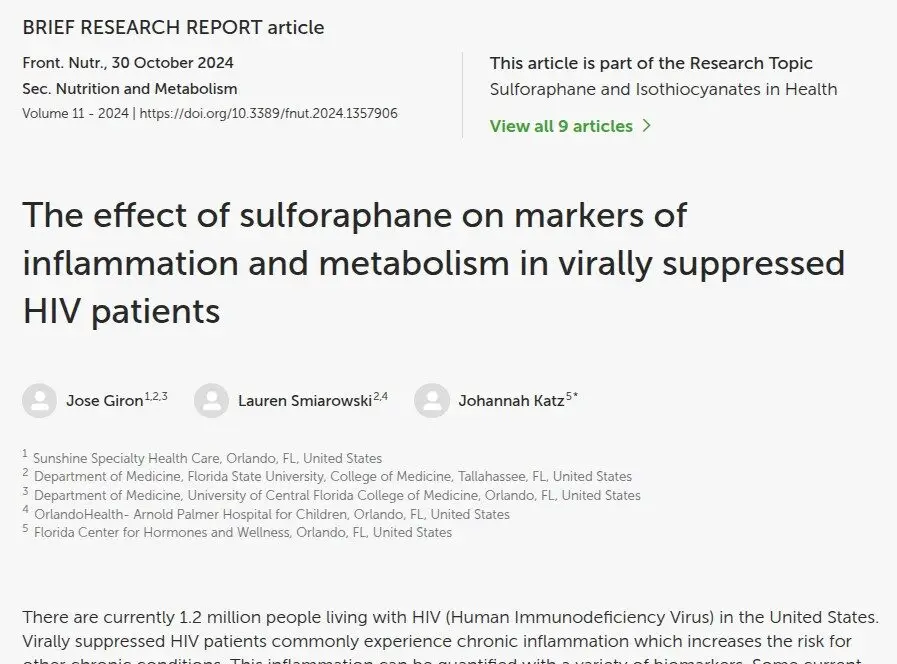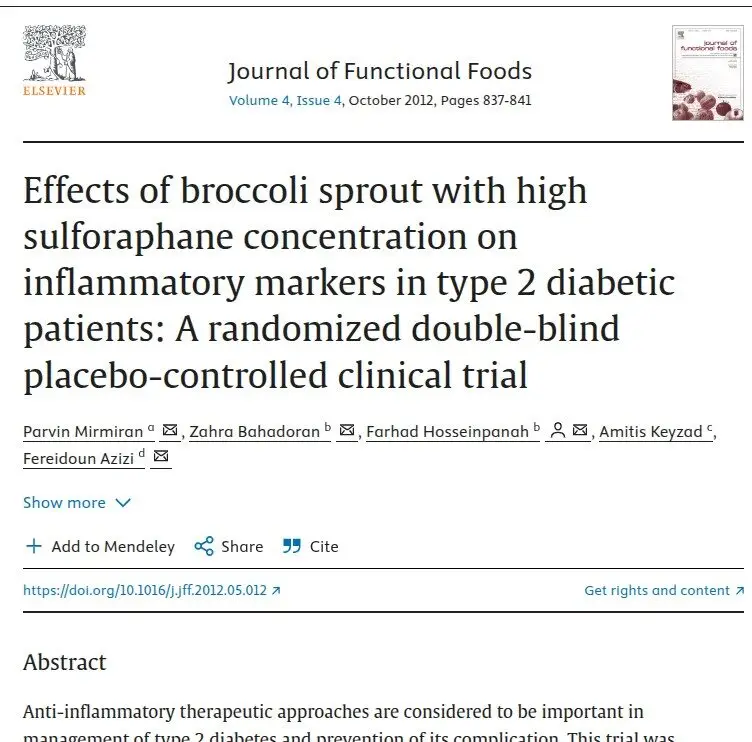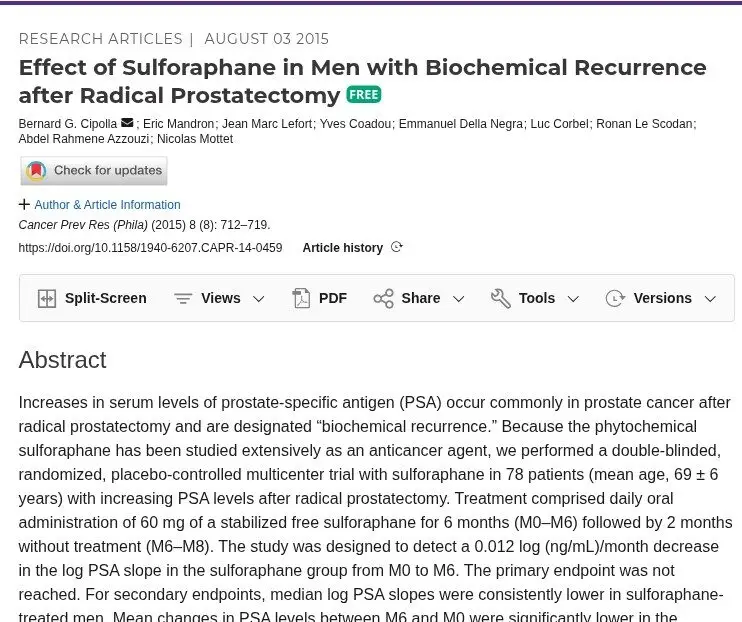In the control arm, there were several hundred changes in gene expression in nonneoplastic tissue during the 12 mo. These were associated with an increase in expression of potentially oncogenic pathways including inflammation processes and epithelial–mesenchymal transition. Changes in gene expression and associated oncogenic pathways were attenuated in men on the glucoraphanin-rich broccoli soup in a dose-dependent manner. Although the study was not powered to assess clinical progression, a...
The form creates your own page where you can describe your plan and upload details of supplements, functional foods and anything else you like to include
UPDATE an existing plan using the form below this one
ALWAYS ANONYMOUS
UPDATES : Select the name of your plan below (“select post”)
Make any changes you want including uploading new files. These will replace your earlier entries.
In case of any issue just reach out using our contact form







